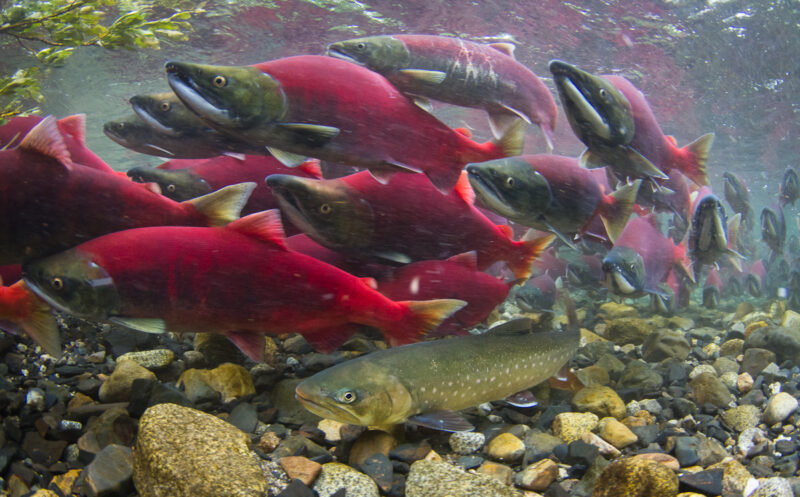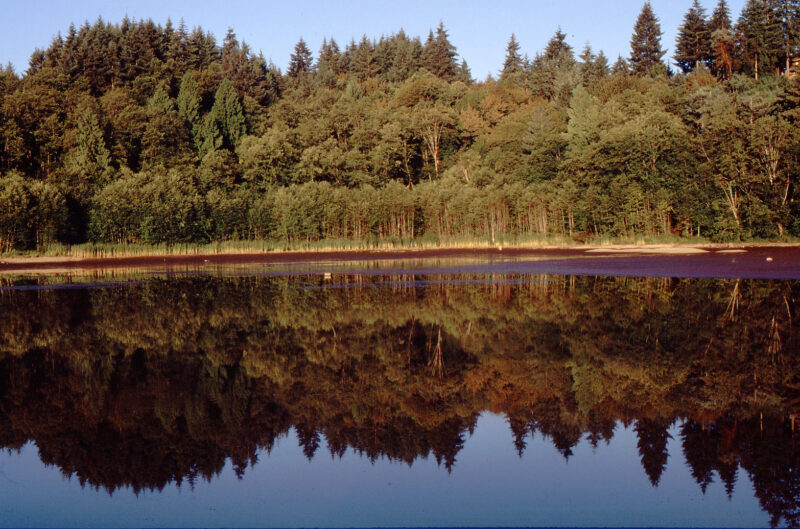We rely on the natural environment for clean water, habitat for fish and wildlife, a livable climate, cultural value and sense of place, and countless other benefits. Ecosystems are eroding across Washington, threatening Treaty-protected resources like salmon and the health and wellbeing of communities. Local governments need approaches to manage our natural assets and the benefits they provide for current and future generations.

What is natural asset management?
Natural assets are the unique elements of the environment that make up ecosystems. Natural asset management is an approach for managing our natural resources and ecosystems so they support a healthy environment and thriving communities. Local governments and partners evaluate important natural assets and the services they provide, develop plans, and take action to protect and restore natural assets.
Natural asset management draws from approaches that local governments already use to manage “gray” infrastructure–such as roads and pipes–like inventorying assets and setting “level of service” standards. For example, illustrated in the image below, just as a road could have a high or low service rating, a stream that is clean and providing quality habitat for fish is providing a higher level of service than a stream that is contaminated or degraded.


Why is natural asset management needed?
Natural assets – like streams, forests, and shorelines – provide essential ecosystem services. Ecosystem services are the benefits or contributions that nature provides to people. Many ecosystem services are declining, here in Washington and across the world. By assessing the condition of natural assets, we can better understand if ecosystem services are intact or impacted. Determining the gap between current and preferred conditions (or level of service) can help partners prioritize their natural resource investments and identify meaningful policy needs.
Local governments like cities and counties make important decisions that affect natural assets and ecosystems. However, there are often gaps in how natural assets are addressed in local planning, land use policies, and budgeting. Local governments need clear processes for managing natural assets. Leaders, including Kitsap County, are turning to natural asset management approaches as a solution.

How do we collaborate on natural asset management?
Washington Conservation Action Education Fund (WCAEF) has been working with the Port Gamble S’Klallam Tribe, the Suquamish Tribe, and Kitsap County to develop a new natural asset management program for Kitsap County. We have worked together to develop and implement a program since 2018 with funding from the Pisces Foundation and the National Estuary Program. Collaborating with both Tribes and the county is critical to the success of this work.
This website has been funded wholly or in part by the United States Environmental Protection Agency under assistance agreement 2022-67 to Washington Environmental Council. The contents of this website do not necessarily reflect the views and policies of the Environmental Protection Agency, nor does mention of trade names or commercial products constitute endorsement or recommendation for use.

Kitsap County
Funding & Finance
Additional Resources
Program contact
Mindy Roberts, Puget Sound Program Director